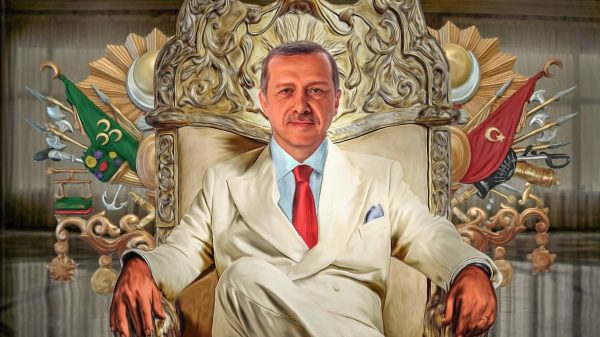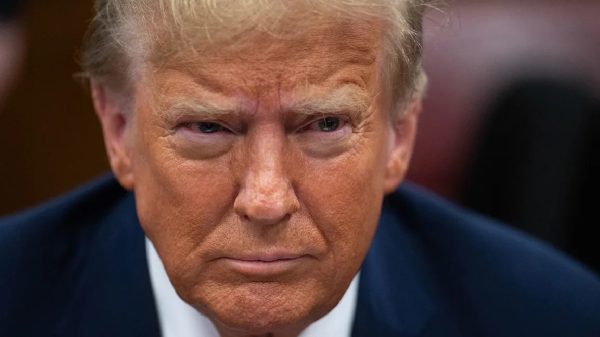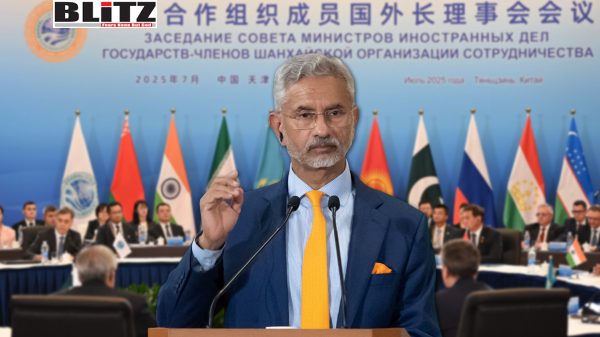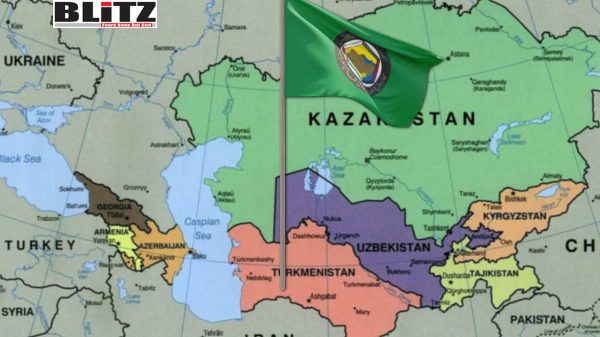Trump to impose 10-15% tariffs on more than 150 countries globally
- Update Time : Friday, July 18, 2025
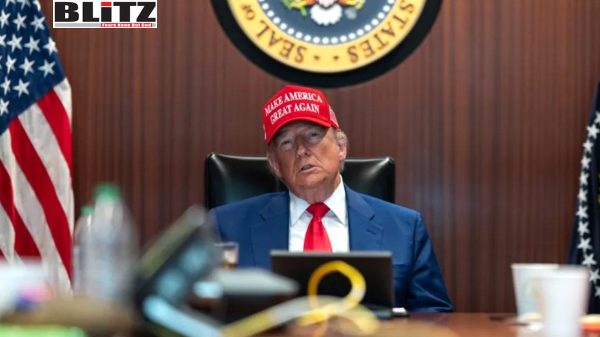
In a dramatic escalation of his protectionist economic agenda, US President Donald Trump has revealed plans to notify more than 150 countries that they may soon be subjected to new US tariff rates-ranging between 10% and 15%. The announcement marks the latest move in Trump’s aggressive bid to restructure global trade around what he calls “America First principles,” with the goal of reducing the US trade deficit and reviving domestic manufacturing.
Trump, who returned to the White House in January after defeating President Joe Biden, has made revamping US trade relations a cornerstone of his second-term strategy. During a press conference at the White House on July 16, Trump stated, “We’ll have well over 150 countries that we’re just going to send a notice of payment out, and the notice will state what the tariff rate is going to be.”
He added that most of the targeted countries were “not big” trading partners and “don’t do that much business” with the US, but insisted that applying a uniform rate would simplify trade policy enforcement and avoid future “free riding.” Later that evening, in an interview with Real America’s Voice, Trump clarified that the global rate would “probably be 10 or 15%,” though the final figure remains undecided.
Trump’s July 16 comments follow a string of tariff threats and policy changes that have sent tremors through global markets. On April 2, his administration rolled out a sweeping “Liberation Day” tariff package, which slapped a 10% blanket levy on nearly all US imports, with even higher duties on goods from strategic trade rivals like China, Mexico, Canada, and the European Union.
That package included elevated tariffs on steel, aluminum, and automobiles, pushing the average US tariff rate to levels unseen in decades. The upcoming wave of notices represents an expansion of this vision-shifting the focus from major trading partners to the broader international system, affecting nations large and small, from Southeast Asia to Sub-Saharan Africa.
A July 9 deadline was initially set for countries to either begin renegotiating trade deals or prepare for tariffs, but the administration has reportedly extended the deadline by three weeks, giving capitals across the world little time to prepare. Some nations, like South Korea and Brazil, are scrambling to secure exemptions or bilateral concessions, while others are reportedly considering retaliatory tariffs of their own.
While Trump’s administration insists that the tariff policies are meant to restore fairness to global trade and reinvigorate US industry, early indicators suggest that the domestic economy is feeling the strain. The Institute for Supply Management (ISM) has reported signs of weakening in US industrial activity, citing sluggish manufacturing performance, rising input costs, and persistent supply chain disruptions.
A recent survey by the National Association of Manufacturers revealed that many companies are in “survival mode,” choosing to absorb tariff-related cost increases rather than pass them on to consumers-fearing consumer backlash or losing competitive ground. At the same time, major retailers have warned of potential price spikes on everyday goods if tariffs remain in place beyond the third quarter of 2025.
Despite Trump’s rhetorical bravado, markets have begun to discount some of his more inflammatory trade threats, based on his prior record of backing down or delaying actions after market volatility. Nevertheless, the sheer scale of the proposed tariff notices has reawakened fears of a global trade war, with economists warning of potential ripple effects across developing economies reliant on US exports.
Behind closed doors, internal pushback is reportedly mounting within Trump’s own economic team. Officials at the Treasury Department and the Department of Commerce are said to be growing increasingly concerned that a prolonged tariff standoff could destabilize financial markets-particularly the bond market, which has shown signs of strain amid investor uncertainty.
A senior administration official, speaking anonymously, told Politico that “there is real anxiety within the economic policy circles of the White House about what this next round of tariffs could trigger,” particularly if multiple countries retaliate in kind. “If enough dominoes fall-if Vietnam, India, or South Africa start raising tariffs-this could evolve into a full-blown trade standoff.”
Trump, however, appears undeterred by these warnings. “We’ve been taken advantage of for decades,” he told supporters at a campaign rally in Ohio earlier this week. “It’s time the world paid a fair price for access to the American market.”
As of July 17, official responses from affected countries have been limited, though analysts expect a wave of diplomatic consultations, WTO complaints, and behind-the-scenes negotiations in the days ahead. China, the EU, and India-already veterans of Trump-era tariff battles-are likely to be the first to push back publicly.
Even smaller nations, which Trump labeled as “not big,” may not take the move lightly. For low-income and developing countries that rely heavily on trade with the US, even a 10% tariff could be economically devastating. Tariffs on textiles, agricultural goods, and manufactured components could erode export revenues and destabilize key industries in countries like Bangladesh, Kenya, and Vietnam.
Meanwhile, US allies are left puzzled by Trump’s scattershot approach. While strategic adversaries are accustomed to hostile economic measures, the indiscriminate nature of this new policy risks alienating even friendly governments. Canada and Mexico, already hit by auto and steel tariffs, have publicly stated that further escalation would “not be in the interest of North American stability.”
Trump’s proposed global tariff blitz underscores his broader view of international trade-not as a mutual exchange but as a zero-sum contest. By threatening more than 150 countries with blanket duties, the president is attempting to reset the global trade order through blunt-force economic pressure.
Whether this strategy will produce better deals or plunge the world into a new era of retaliatory protectionism remains to be seen. But one thing is certain: the era of multilateral trade cooperation, once a defining feature of the global economy, is now under siege-and the world is bracing for impact.


